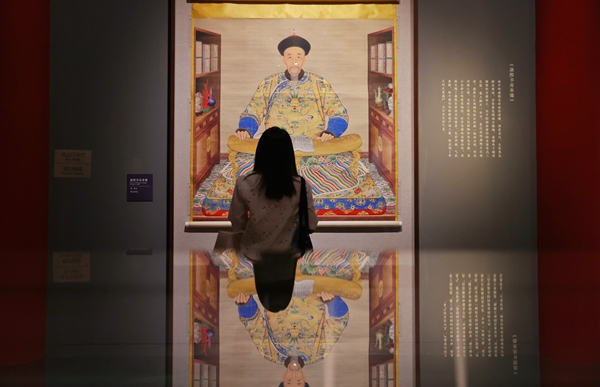

Exhibition reflects the boom of portraiture during the Ming and Qing dynasties, Lin Qi reports.
Qi Baishi, one of the most well-known masters of classic Chinese art in the 20th century, gained popularity for his vivid depictions of comparatively smaller living beings such as shrimps, insects, fish and crabs.
His works deliver an auspicious, playful atmosphere and express an optimistic, lighthearted attitude toward life. But for years before he was noticed in the art world, Qi had to support himself with multiple sources of income, and one was making and selling portraits, including those of the deceased.
While the landscape and flower-and-bird genres of paintings appealed more to the well-educated and well-to-do in society, portraiture enjoyed a more lucrative market. Portraits were demanded by people of varying social ranks for various purposes. One major use was to make portraits of the elderly, and after they died, the paintings were hung in ancestral halls for daily remembrance and ritual worshipping at special occasions.